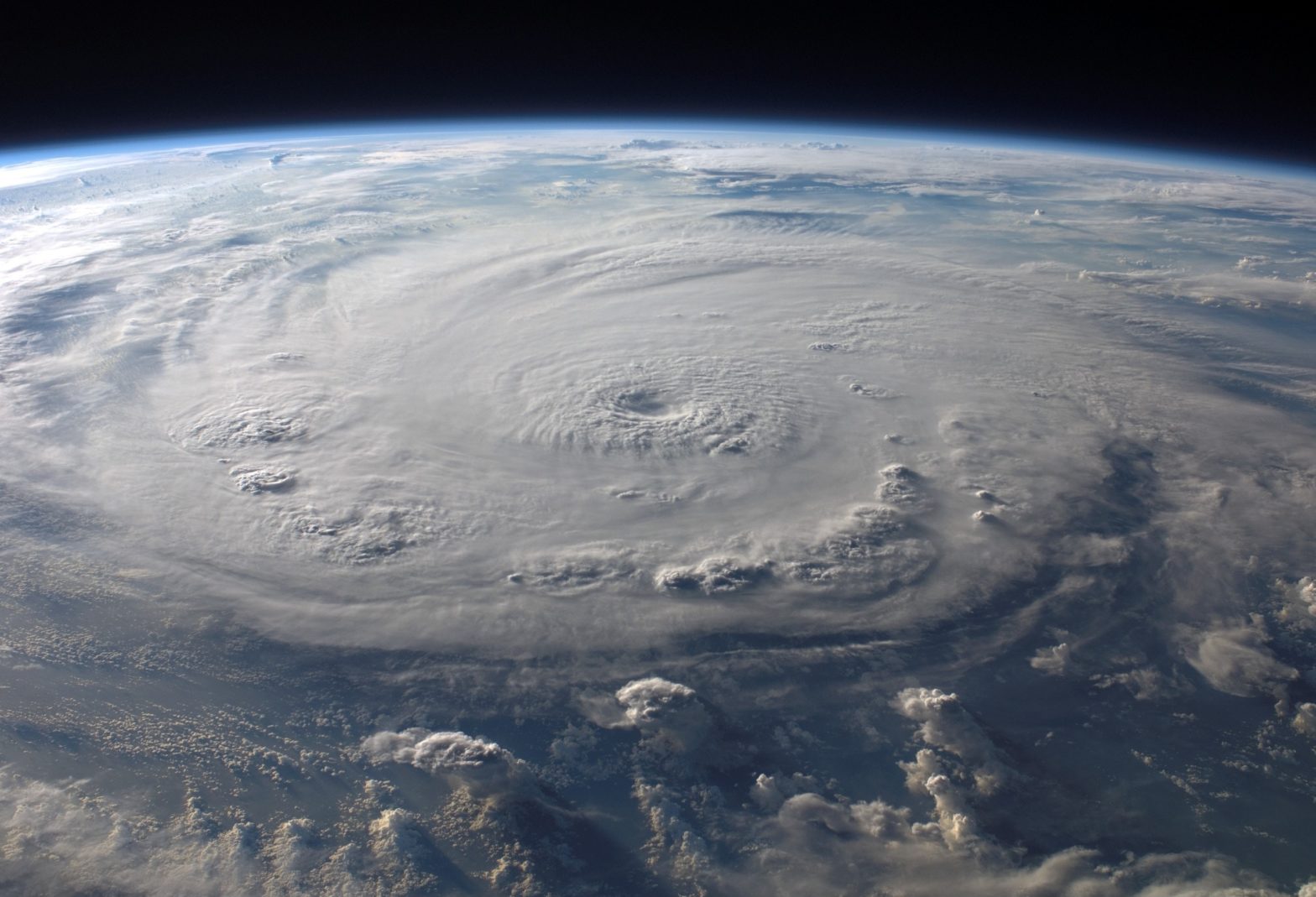Business Insider reports that last Monday, a JetBlue flight flew over Hurricane Fiona “in an unusual flight path.”
It was en-route to Newark, New Jersey from Punta Cana, Dominican Republic.
The pilot got clearance from the Federal Aviation Administration (FAA) to make the journey. According to FlightAware “the plane flew at 30,000 to 34,000 feet, as storm clouds reached 45,000 feet.”
Most airlines will do their best to avoid dangerous storms. But The Washington Post reports that in this particular case, “the solution was to go over Hurricane Fiona.”
The pilot may have been calm and in control. But meteorologist Randy Bass probably spoke for many when he told The New York Post, “I wouldn’t have wanted to be on that flight.” This correlates with a 2011 report put out by the FAA, which found that planes flying over hurricanes are at risk of “violent turbulence and hail.”
But another meterologist, James Aydelott, had a different take on the subject.
When interviewed by The Points Guy in 2018, he said, “as far as flying goes, there should be no issues flying above a hurricane in an aircraft equipped to monitor radar echo tops.”
Hurricane Fiona has proven to be the most formidable storm of this year’s hurricane season so far. It caused various levels of destruction in Puerto Rico, Turks and Caicos and the Dominican Republic. It also brought about heavy rain in Bermuda.
Hurricanes usually lose power at landfall, but Fiona remains a Category 4 storm. Presently, it’s surging towards eastern Canada.
Experts like Chris Fogarty, the manager of the Canadian Hurricane Center, said Hurricane Fiona “could become Canada’s version of Superstorm Sandy.”
According to CNN, Sandy “affected 24 U.S. states and all of the eastern seaboard, causing an estimated $78.7 billion in damage.”
